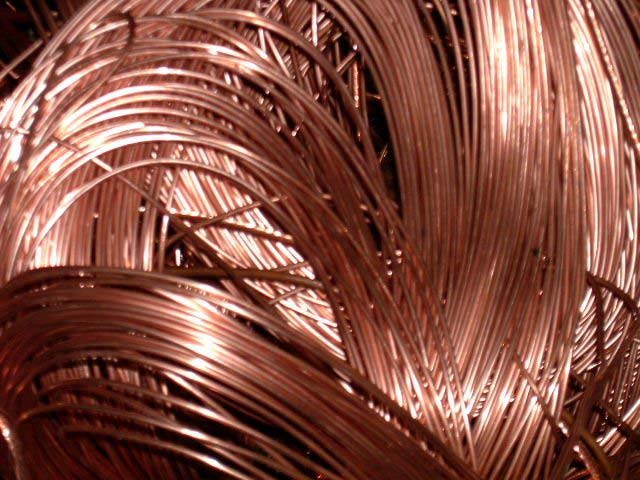Tamba (Copper) Rate in Pakistan: An In-Depth Exploration

Introduction:
Copper, known locally as "tamba" in Pakistan, is a
versatile metal with a rich history of applications in various industries. From
household items to electrical components, the demand for copper remains
substantial. This comprehensive guide delves into the intricacies of the tamba
rate in Pakistan, exploring the factors that influence its pricing, market
trends, and considerations for those involved in copper-related industries or
interested in its market dynamics.

The Versatility of Copper
Historical Significance:
Copper holds a special place in human history, dating back
thousands of years. Its malleability, durability, and excellent conductivity
have made it a prized material for tools, artifacts, and currency.
B. Modern Applications:
In the contemporary world, copper is omnipresent. It is a
critical component in electrical wiring, plumbing, construction materials, and
electronic devices. The diverse applications of copper contribute significantly
to its demand and pricing.
Factors Influencing Tamba Rates
Global Market Trends:
The tamba rate in Pakistan is intricately linked to global
market trends. Fluctuations in copper prices on the international stage,
influenced by factors like geopolitical events, supply chain disruptions, and
demand from major economies, directly impact local rates.
Domestic Supply and Demand:
The availability of copper within Pakistan and the domestic
demand for various industries play a pivotal role in determining tamba rates.
Understanding the local dynamics is crucial for businesses and consumers alike.
Economic Indicators:
Economic indicators, such as inflation rates, currency value,
and industrial growth, also influence copper prices. A robust economy often
correlates with increased demand for copper, impacting its market rate.
Current Tamba Rate Trends in Pakistan
Industrial-Grade Copper:
As of 2023, the market rate for industrial-grade
cop per in Pakistan ranges between PKR 2400/- to PKR 2600/- per kilogram. This
includes copper used in construction, manufacturing, and other industrial
applications.
Scrap Copper:
The rate for scrap copper, which is recycled for various
purposes, falls in the range of PKR 1600/- to PKR 1700/- per kilogram. Recycling
initiatives contribute to the sustainability of the copper industry.
Considerations for Tamba Consumers and Businesses
Sourcing High-Quality Copper:
For businesses and consumers alike, sourcing high-quality
copper is paramount. Ensuring that the copper meets industry standards and specifications
is crucial for the durability and performance of products.
Market Trends and Forecast:
Keeping abreast of market trends and forecasts allows
businesses to make informed decisions. Understanding potential shifts in the
tamba market helps in strategic planning and inventory management.
Recycling Initiatives:
Given the global emphasis on sustainability, businesses and
consumers can actively participate in copper recycling initiatives. Recycling
not only contributes to environmental preservation but also aids in managing
costs.
Tamba as an Investment
Historical Performance:
Copper has been viewed as an investment by some due to it s
historical performance. Examining past trends and understanding the factors
influencing copper prices can provide insights for potential investors.
Risks and Rewards:
Like any investment, copper carries its own set of risks and
rewards. Market volatility, geopolitical factors, and global economic
conditions can impact copper prices, influencing the returns on copper-related
investments.
Conclusion:
In conclusion, the tamba rate in Pakistan is a dynamic aspect
of the industrial and consumer landscape. From its historical significance to
its modern applications, copper continues to play a vital role. For businesses
and consumers, staying informed about the factors influencing tamba rates is
essential for making sound decisions. Whether you are a manufa cturer, investor,
or consumer, understanding the nuances of the tamba market equips you with the
knowledge needed to navigate this versatile metal's pricing landscape in
Pakistan.









